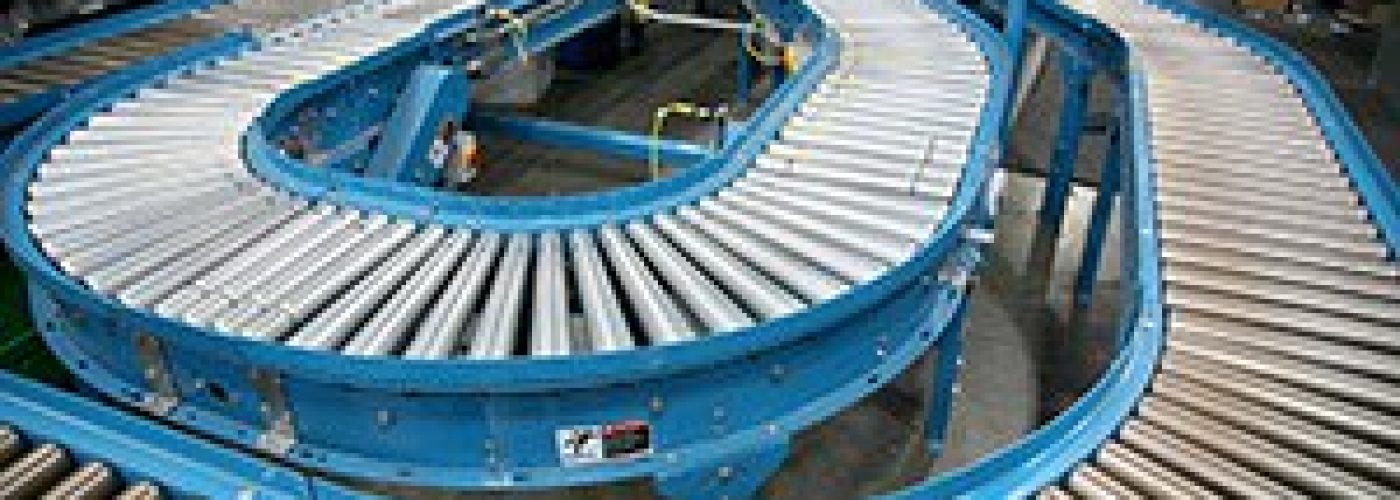A conveyor system is mechanical equipment, which you may use to convey raw goods, products, and other items. The equipment is also helpful for businesses that handle sharp items, mass-produced goods, and heavy products.
If your specialization is in the food industry, you can buy conveyor systems to transport packed foodstuffs to sushi restaurants, shopping centers, supermarkets, and airports. To enjoy their effectiveness, you can go for portable conveyors to allow you to move around with ease. With that, you can put the machines into different floor plans and transport any amount of products.
Major Types of Conveyors
If you are thinking of investing in conveyors, it would be important to choose the type of system that can suit your needs. Flat belt conveyors are the most prevalent systems that people have today. They are helpful for internal conveyance and comes with a series of powered pulleys to move continuously. Since flat belt conveyors consists of different materials including, nylon and polyester, they are versatile.
A modular belt conveyor is another type of system, which uses a single loop made of many interlocked pieces. These segments can be replaced and removed to meet your requirements. A modular belt conveyor is also simple to clean and resistant to abrasive and sharp materials. Because of this, it would be easy to repair and maintain. Other types of conveyors you can buy include the following:
- Drag conveyor
- Gravity conveyor
- Pharmaceutical conveyor
- Chain conveyor
- Vibrating conveyor
- Spiral conveyor
Maintenance Guidelines
Conveyors are important machines for any business, so avoiding downtime and damage should be your priority to keep on using it. Regular maintenance is the ultimate solution that you need to recognize problems, reduce health risks, and avoid breakdowns. The maintenance will also allow parts of the conveyor system to run effectively and prevent motors from getting damaged or running dry.
At the same, you should clean and remove foreign objects to reduce the need for maintenance. Removing foreign materials can also prevent unnecessary tears that may reduce the life-span of your machine. Beyond that, you need to document all the maintenance and repairs you have made. With this, it will be easy to draw a big picture to understand the components that fail, highlight the repeating issues, and leave a note for your employees on how they can fix problems. If possible, you should also:
- Note the obsolete parts of the systems
- Check the pulley alignment
- Have some spare parts on-site
- Check the condition of your bearings
Safety Measures on Using Conveyors
Like other pieces of equipment, conveyors can be unsafe if operated and installed wrongly. To avoid hazards, you should encourage your employees to report potential risks that they might encounter when operating the system. Workers should also be sensitized during training programs to deal with related safety risks.
While installing your conveyor system, you should keep in mind that you need to place your controls in a way that can easily be accessible and visible to workers. With that, workers can quickly reach those controls in case of an emergency. Apart from properly installing and using your system, you need to:
- Lubricate the components of the system
- Always replace guards of the machine
- Encourage employees to avoid standing, sitting, and riding on the equipment
- Hire only professionals to offer repair and maintenance services
The Bottom Line!
Conveyors are common in the packaging and manufacturing industries. While they were first invented to convey goods onto ports and ships, today they are used in different industries, including automotive, food, and agriculture. If you have also invested in the equipment, make sure you are familiar with the safety and maintenance guidelines to keep you and your workers safe.





